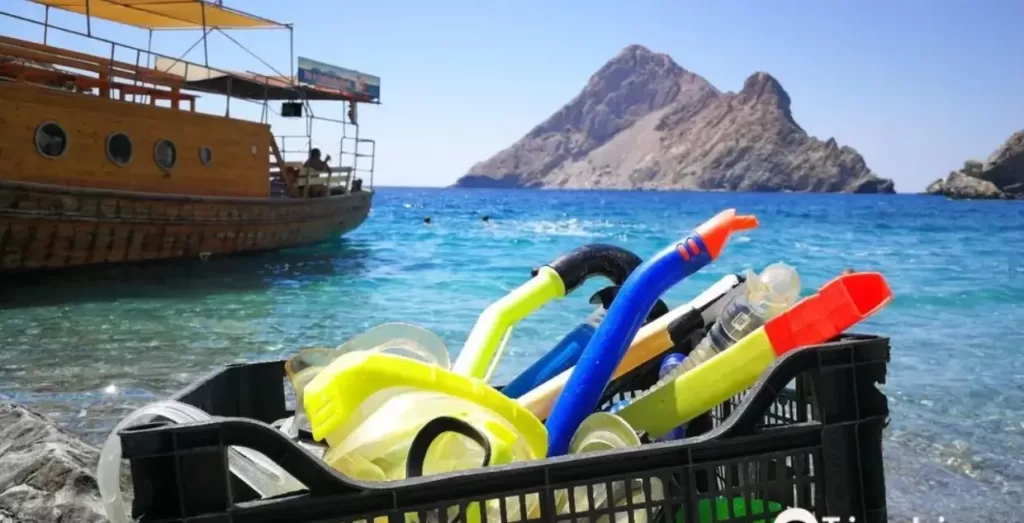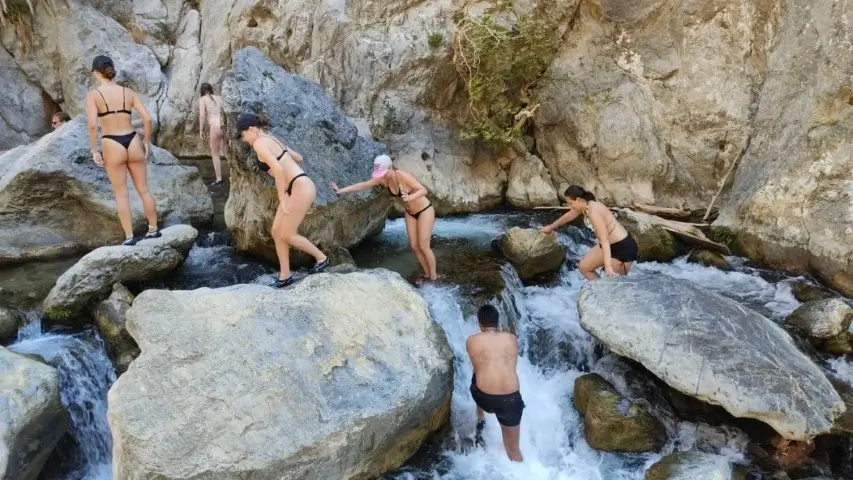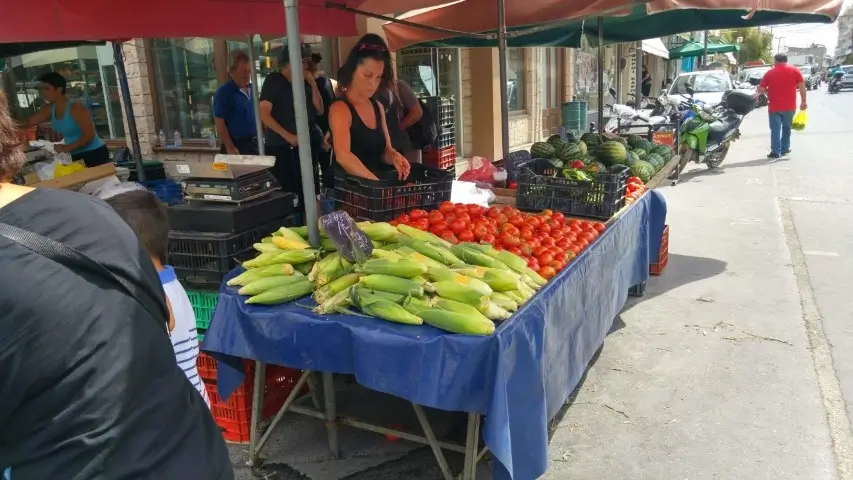Popular Tours
Sail towards the untouched Paximadia Islands on our daily cruises.
Enjoy sun-soaked relaxation, clear-water dives, and snorkeling adventures. Whether seeking tranquility or adventure, your perfect escape awaits. Embark with us today.
Embark on our thrilling river adventures in South Crete. Navigate rapids, trek along the river’s path, and swim to stunning waterfalls. It’s a perfect blend of excitement and serenity.
Dive into local culture with our Saturday Shopping Day Tour. Explore vibrant markets and unique finds, then transition to the tranquil beauty of Matala. From cliffside caves to coastal views, it’s a journey through time. Shopping and relaxation all in one day.
TRANSFERS
for all Cretan Airports and Ports
You like Cycling?
Explore South Crete with a bike



